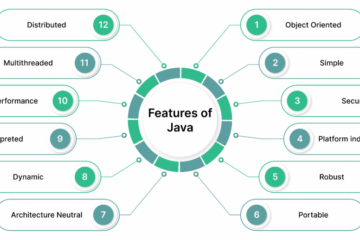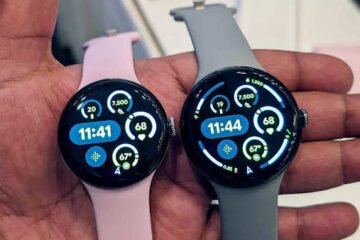Does Android have a problem with getting enough devices at the high-end market?
Although Google’s mobile operating system has a commanding lead in terms of market share, the majority of devices purchased are in the lower price brackets in retail stores. With Android’s software at a ‘good enough’ level such that off-the shelf-components can offer a compelling experience, a corporate assault on the high-end market requires a far larger commitment to funding innovation and design alongside technical competence.
For what reward? Apple already takes the lion’s share of the profit at this level. What scraps are left generally go to Samsung (although perhaps not for the current quarter). With Android manufacturers clustering around lower-priced points and competing there, why would any company take the risk in the current climate to change their business model?
There will always be a handful of vanity models at the top end of the market to show off what a company can do, but in terms of finding financial success through high sales on high-priced items, there are few companies able to deliver the volume of sales required.
Samsung Galaxy S7 Edge (image: Ewan Spence)
Samsung Galaxy S7 Edge (image: Ewan Spence)
Samsung is the leading Android device manufacturer in this space, and with its Galaxy S7 flagship it delivers the high-end experience that many expect. As one of the few manufacturers that has a high-volume high-price strategy Samsung is vital to the Android ecosystem, but as this week illustrates it is a single point of failure for Google. If you strip out the incendiary Note 7 and assume that the brand damage will impact the sales of next year’s Galaxy S8, Google’s biggest hitting Android manufacturer is on the injured roster.
LG has the capability to build a great high-end handset, but it has not shown the corporate hunger to step up to fight it out in the ‘ultimate handsets’ arenas. The same could be said of Huawei with its P9 and Mate 8 handsets.
On paper many manufacturers have handsets with the capability, but do the companies behind the handsets want to do everything else required to push out and promote high-volume high-specification devices? Or are they happy with shorter production runs of flagship devices that are sold in limited numbers and act as cheerleaders for the volume sales further down the portfolio?
I fear it is the latter.

Members of the media examine Google’s Pixel phone (Photo by Ramin Talaie/Getty Images)
I’m not convinced that the answer to the problem is the Pixel or the Pixel XL. Google’s brand new handset range has arguably grown out of the Nexus devices and while those handsets were very much welcomed by developers and the geekerati, they were not priced as premium handsets.
The Pixel and Pixel XL mark out two firsts for Google… the first pitch at a high-end device, and the first real push into the volume-drive consumer market. Both of those are not easy propositions to address especially with the debut handsets. Google will have to balance both of these concerns as it rolls out the new adventure around the world.
Google also has to take care that the presence of the Pixel smartphone does not scare away its manufacturing partners. If you are already skittish about committing significant funds and resources to a sustained high-end strategy, having your OS partner doing its best to command the space, using exclusive software in the device, and flooding its own video sites with wall to wall advertising, is not conducive to a good working relationship.
There is the potential for Google to reach the smartphone sales figures that Apple can achieve with the iPhone family. There’s even an opportunity to replace the Galaxy Note 7 with the Pixel XL as the default ‘big’ smartphone of this generation of devices. And while I won’t deny that potential, there’s little in Google’s retail history to suggest that it can reach those levels of commercial success with the first Pixel smartphones.

Apple iPhone 7 (image: Ewan Spence)
Many have tried to take on the high-end market for smartphones. Apple is the master at this, and Samsung has been able to stay in touch with Cupertino. Other companies have tried and failed – notably Sony in recent times. There are a number of high-end devices out there, but high specifications on a small number of boutique machines will never rule the high-end marketplace. Without an influx of machines in this space, how can Android reach the influencers? How do developers reach the cash-rich customers that are happy to use in-app purchases on every freemium title? How do advertisers reach the valuable users to market their products?
Android is skewed too heavily towards the huge budget market and the squeezed mid-range. The high-end market determine the direction and the perception of what a smartphone can do. And that territory is ruled by Apple and iPhone, not Google and Android.
[Source:-Forbes]




